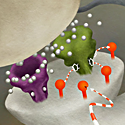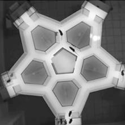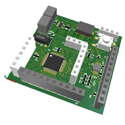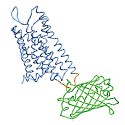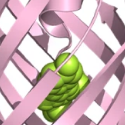A fast and responsive voltage indicator with enhanced sensitivity for unitary synaptic events Neuron.
The paper introduces ASAP5, a genetically encoded voltage indicator (GEVI) optimized for detecting electrical activity in neurons with improved speed, sensitivity, and signal resolution. The study highlights ASAP5’s in vitro and in vivo utility across species (flies, fish, mice, and human neurons). It bridges the gap between low-throughput electrophysiology and non-invasive imaging, making it a valuable resource for investigating synaptic dysfunction in neurodevelopmental and neurodegenerative diseases.

